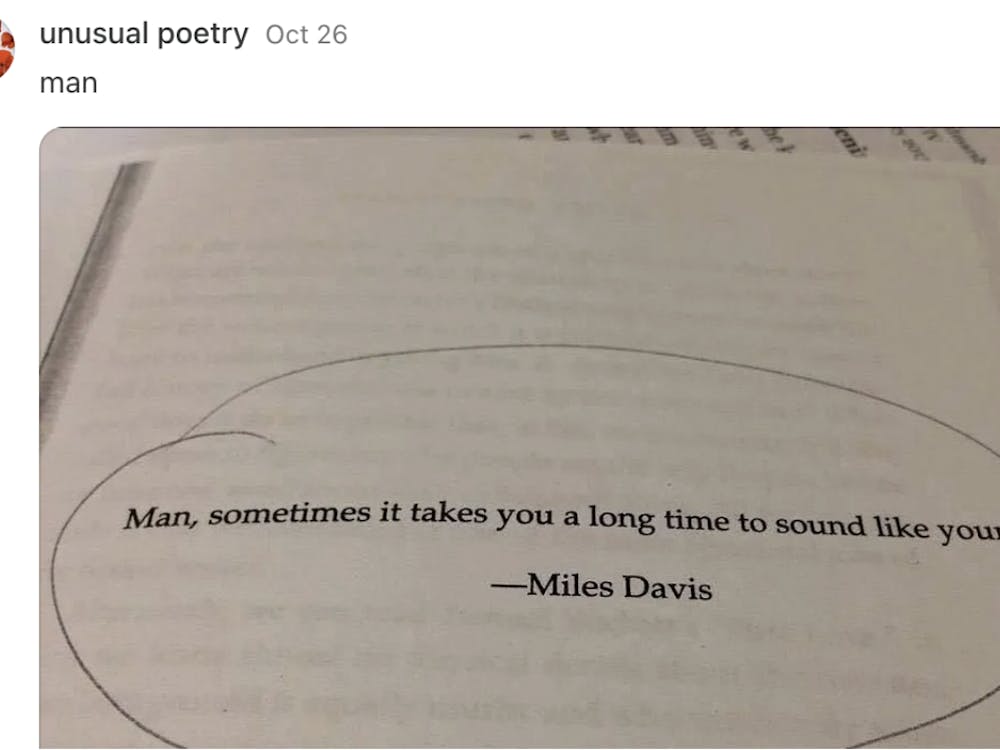September: The month when the trees button up their autumn coats, when students scramble to finish their summer assignments, and when teachers dot the last i’s and cross the last t’s on their lesson plans — but four years ago, New York State had something different in mind. On July 19, 2010, the Board of Regents formally adopted the Common Core State Standards for English Language Arts. On Jan. 10, 2011, the Board approved New York State’s unique additions to the program.
As part of President Obama’s “Race to the Top” initiative, which awards grants to states enacting educational reforms, the Common Core aims to standardize education throughout the nation. Especially in English, students and teachers are adapting to the Core’s rigorous program of nonfiction material. According to the Common Core’s ELA manifesto, children will read increasingly less literary text, instead focusing on pieces driven by themes of science and math. In fourth grade, a student will read equal amounts of literary and informational text, yet by his or her senior year in high school, seven out of every 10 texts will be non-fiction.
But why is literature such an important part of education? Fiction is naturally more engaging than informational texts, and during childhood, when a person is most impressionable, a love of reading expands the imagination and familiarizes children with ways of problem solving. Most conflicts in books are eventually resolved, so fiction teaches students how to be problem solvers.
Students who don’t read will suffer lifelong consequences. Studies show that avid readers often excel in other subject areas — they are inquisitive, eager to learn and analytical. Reading is a vicarious experience. It gives students the chance to travel along the path of a character, and while literary nonfiction allows students to become more empathetic and worldly, it takes away the fantastic elements children enjoy so much. Last year, I tutored David, a fourth grader who was struggling with the ELA practice material — mostly nonfiction. His mother told me he was a reluctant reader because of a history of dejection in the classroom — his teacher would continually tell him his interpretations of literature were wrong, and after a while, he started doubting himself. David hadn’t read a chapter book outside of school since third grade and labeled all reading “stupid.” But once he started reading the Goosebumps series by R.L. Stine, his grades on the ELA practice tests improved dramatically. Soon he was reading an entire chapter book each night, and he became a regular in the children’s room at the library.
The Common Core's projected reforms do not take into account the various learning styles and levels of ability within that same classroom. In a classroom of 20 elementary school students, there is usually one student who tests above the 90th percentile, and at least one student who tests below the 50th percentile. If a “gifted” student takes a test on an article about the life cycle of frogs, and that same test is given to a classmate who has a learning disability, the “gifted” student will most likely do better, based solely on their aptitude for learning. However, if the teachers know this and are adapting their teaching styles to cater to the students who are less likely to do well, the advanced students will not be challenged enough. Fiction also spans various reading levels better than nonfiction does—if you have a “gifted” student and a student with an IEP reading the same chapter book, chances are both will enjoy it. Nonfiction bombards students with more reality — something many children are already frustrated with. As one of the only unifying elements in the classroom, fictional literature lends itself to an approach known as differentiated instruction, in which teachers can group their students by reading level in order to meet each student’s individualized needs. The same literary text can be taught on both a topical level and an interpretive level, while informational texts require a higher level of understanding in order to do any kind of interpretive work.
Students are not the only ones who suffer from the Common Core Standards. Teachers find the new material challenging as well. Most English teachers entered the field of education because they enjoy reading and enjoy teaching certain books each year — many of which are in the process of being cut out altogether. Since the Common Core’s introduction, teachers have lost the authority to decide what to include in their curricula. Just as students will perform better if they are engaged in the learning process, teachers will become more invested in the classroom if they look forward to being there each day. While there are literacy coaches helping teachers adapt their teaching styles to the Common Core in New York, teachers in other states have little to no help at all. The students feel this stress overflowing into the classroom, and feel additional pressure to perform.
There is no perfect situation when it comes to English education. But an approach known as nationalized differentiated instruction has the potential to work. If we were to divide students by learning style and level of ability, class sizes would be smaller, and each student would receive more feedback from teachers and peers. Also, the less advanced students would become empowered because they would routinely share their opinions in class. If schools developed curricula based on their students rather than arbitrary standards, students would be better prepared for the real world. With nationalized differentiated instruction, students across the country would be receiving a uniform education at their own paces of learning. Go ahead — change the tests, evaluate the teachers. But please, don’t take away our fiction, because it is one of the only unifying elements of English education.
Kate Dwyer is a freshman from Northport, NY majoring in Writing Seminars and Art History.




